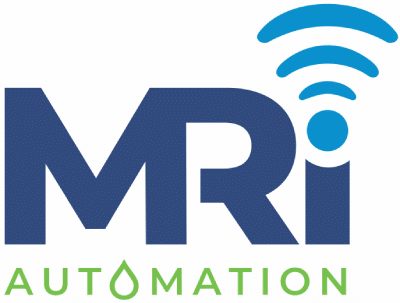The oil and gas industry relies heavily on robust communication networks to ensure efficient operations, safety, and data management. Both wired and wireless connections have their place in oilfield applications, each offering unique advantages depending on the specific requirements. Let’s explore when to use each type of connection in South Texas.
Wired Connections: Reliability and Security
When to Choose Wired
1. Critical Infrastructure: For mission-critical systems that require constant, uninterrupted connectivity, wired networks are often the preferred choice. These include control systems for operations, pipeline monitoring, and safety-critical applications
2. High-Speed Data Transfer: When large volumes of data need to be transferred quickly and consistently, wired Ethernet networks can provide reliable high-speed communications
3. Electromagnetic Interference (EMI) Prone Areas: In areas with high EMI, such as near power cables or electrical substations, shielded Ethernet cables can protect against interference
4. Short-Distance Connections: For connections spanning less than 100 meters, wired Ethernet is a cost-effective and reliable option
5. Highly Secure Operations: Wired networks offer superior security compared to wireless networks, making them ideal for sensitive data transmission
Wireless Connections: Flexibility and Reach
When to Choose Wireless
1. Remote Locations: For remote well sites, or expansive refineries, wireless networks can provide connectivity where wired infrastructure is impractical or cost-prohibitive
2. Mobile Equipment: Wireless solutions are ideal for connecting moving equipment like maintenance vehicles, and mobile production equipment.
3. Rapid Deployment: In situations requiring quick setup or frequent reconfiguration, wireless networks offer unmatched flexibility
4. Large-Scale Sensor Networks: For implementing extensive IoT sensor networks across oilfields, wireless solutions allow for easier deployment and scalability
5. Long-Distance Communication: 900MHz radios are made for secure collection, transport, and control of data in rugged industrial environments and also provide a long-range, low-power solution for remote wireless communications—with capabilities that can be seamlessly added as IIoT requirements evolve.
6. Hazardous Areas: In areas where installation of wired networks would require production shutdowns, wireless solutions can be deployed more safely and with less disruption
Hybrid Approaches
In many cases, a combination of wired and wireless technologies provides the best solution:
1. Last-Mile Connectivity: Use wired networks for core infrastructure and wireless for last-mile connections to remote sensors or mobile equipment
2. Redundancy: Implement wireless systems as a backup for critical wired connections to ensure continuous operations
3. Tiered Architecture: Employ high-bandwidth wired connections for central operations and wireless for distributed field devices
Considerations for Implementation
When deciding between wired and wireless solutions, consider:
– Security Requirements: Implement robust encryption and authentication for wireless networks to approach the security levels of wired connections
– Environmental Factors: Assess potential interference sources, weather conditions, and terrain that may impact wireless signal propagation
– Scalability Needs: Consider future expansion plans and choose a solution that can grow with your operations
– Maintenance and Support: Factor in the long-term costs of maintaining and upgrading the network infrastructure
The choice between wired and wireless connections in the oilfield depends on the specific application, location, and operational requirements. While wired networks excel in reliability and security for critical systems, wireless solutions offer unparalleled flexibility and reach for remote or mobile operations. By carefully evaluating these factors, oil and gas companies can implement a communication infrastructure that optimizes their operations, enhances safety, and drives efficiency across their entire value chain.
Need expert advice? Contact us
